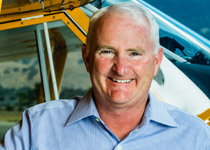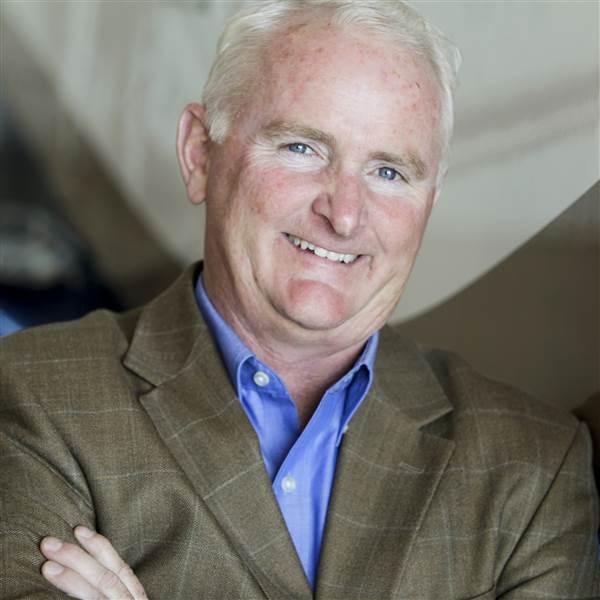 It may be cliché, but spring is the time for optimism. The sun shines more, plants begin to grow, the ice melts, and in many parts of the country we pull out our airplanes and exercise our flying muscles for the first time in months.
It may be cliché, but spring is the time for optimism. The sun shines more, plants begin to grow, the ice melts, and in many parts of the country we pull out our airplanes and exercise our flying muscles for the first time in months.
So it seems appropriate, this spring, to talk about just how optimistic I am about getting third class medical reform. And I do believe we can get this done.
Third class medical reform is, hands down, AOPA’s top legislative priority for 2015. And we’ve got the support of a significant and growing group of legislators. Many of our most strident legislative supporters on this issue are pilots, and AOPA members, themselves. But they are increasingly being joined by lawmakers who can see that general aviation matters—as an economic engine, a job creator, a means of transportation, and much more—and that it needs a boost to grow and thrive.
Toward the end of February, general aviation’s supporters in Congress did something remarkable. They simultaneously introduced four pieces of legislation—two in the House and two in the Senate—that would allow thousands more pilots to fly without needing to get a third class medical (see “Pilot Briefing,” page 27).
The fact that so many lawmakers from both parties and in both houses of Congress were able to work together to make this happen is definitely cause for optimism.
In big bureaucracies, change comes slowly—if at all—and maintaining the status quo is almost always the path of least resistance. Medical examinations have been part of the pilot certification process since the Aeronautics Branch of the Department of Commerce issued its first pilot’s license on April 6, 1927—probably, at least in part, because civilian licensing of pilots grew out of practices established by the military during World War I. Since that’s the way it’s always been, that’s the way it has continued, even if it no longer makes much sense.
Medical care has changed a lot in the past 90 years or so. With the rise of routine and preventative health care and insurance to help pay for it, most of us monitor and manage our health as a matter of course. Visiting an aviation medical examiner every two or five years for a cursory exam is an added expense and hassle, and it has very little impact on our overall health and well-being.
The idea that pilots who fly recreationally don’t need these occasional exams to fly safely is not a new one. In fact, it’s one the FAA embraced more than a decade ago when it created the sport pilot rules. In the years since then, thousands of pilots have successfully and safely flown as sport pilot.
The FAA has even embraced expanding the idea, as evidenced by the agency’s Notice of Proposed Rulemaking (NPRM) to reform the third class medical. But, as I said, bureaucracies move slowly, and the FAA’s NPRM became bogged down at the Department of Transportation, where it waited for months to undergo a mandatory review.
Fortunately, there’s more than one path to change in Washington, and we’re lucky to have the support of so many influential members of Congress. Earlier legislation won the support of 180 bipartisan lawmakers before it expired at the end of the last Congress.
This time, we hope to win even more support for the Pilot’s Bill of Rights 2 (PBR2), which would not only let thousands more pilots fly without spending time and money at the AME, it would also offer other protections to help support and stimulate GA activity, including protecting pilots from liability when they’re flying for charitable causes, updating the notam system, and ensuring that pilots who face enforcement actions have access to critical information about their cases.
I’m optimistic, but not naïve. The introduction of this legislation is a great step forward. But it is just the first step. If you received a “call to action” message from AOPA, I hope you responded by getting in touch with your senators and representative to ask for their support of PBR2. If you haven’t done so yet, please consider taking action now.
When we show legislators that we’re actively engaged—not only as an organization, but as a community made up of individual pilots and voters—we get results. So let’s put our optimism to work and get the job done.
Email [email protected]
AOPA President Mark Baker represents the more than 350,000 AOPA members on issues in Congress.



